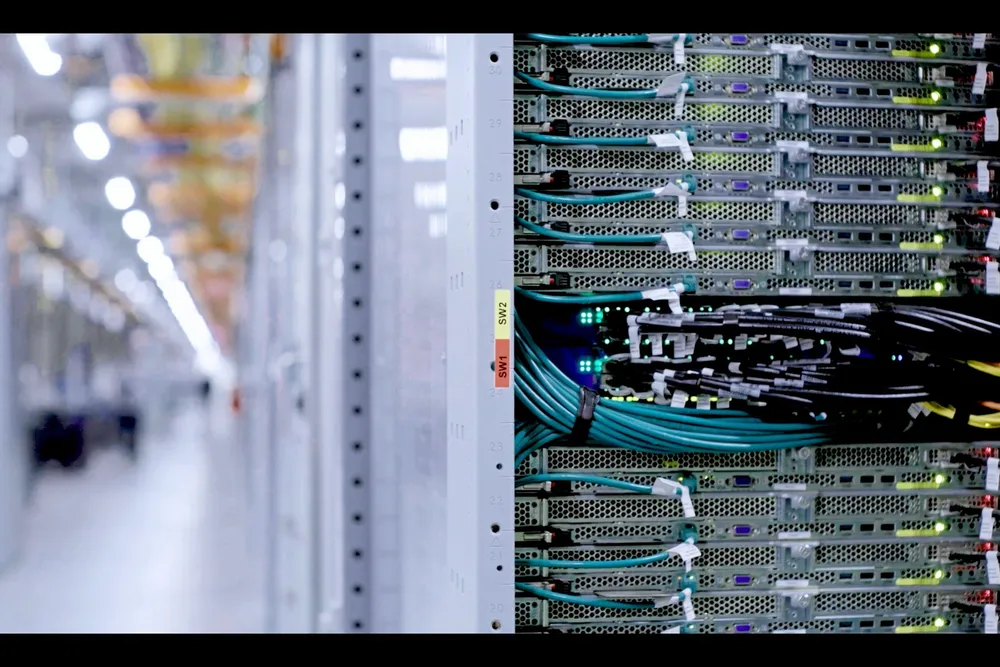Goldman Sachs: renewables can meet 80% of AI data centre's needs
Investment bank reckons gas is best placed to quickly fill crucial 'baseload' gap needed to supply booming demand

A combination of renewables and energy storage could meet around 80% of the AI-fuelled increased power demand at data centres, but a baseload top-up – likely to be either gas or nuclear – will be needed to fill the gap, says Goldman Sachs.
The investment giant reckons renewable energy will account for about 40% of new plant capacity built to meet an expected 160% increase in data centre power needs by 2030 against 2023 levels.
“Our conversations with renewable developers indicate that wind and solar could serve roughly 80% of a data centre's power demand if paired with storage, but some sort of baseload generation is needed to meet the 24/7 demand,” Goldman Sachs digital infrastructure analyst Jim Schneider said in a new note.
The “preferred choice” to partner renewables for data centre developers is nuclear and its carbon-free electricity – but project timings mean a combination of renewable energy and gas plants “are more realistic short-term solutions”.
Cost analysis by Goldman Sachs Research suggests at a headline level, the average cost of onshore wind power operating on-site at a US data centre is $25/MWh and solar $26/MWh, while combined cycle gas comes in at $37/MWh before adding the cost of carbon capture.
However, the variability of wind and solar, plus the fact that in practice they are more likely to be remote and subject to higher transmission costs, makes the picture more complex.
“For these reasons, the team expects technology companies to take advantage of a combination of all of the above power sources. In recent months, [data centre] hyperscalers and cloud computing companies have signed multiple contracts for larger-scale nuclear, small modular reactors (SMR), renewables power purchase agreements, and carbon removal,” said the Goldman Sachs analysts.
Meeting data centre demand is central to the $500bn Stargate project unveiled by US President Donald Trump in conjunction with OpenAI, SoftBank and Oracle.
(Copyright)